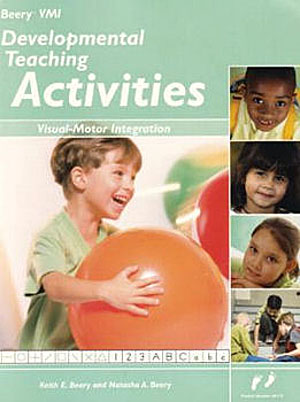A new season of Therapro’s Saturday Seminar Series is off and running—and it started strong! On Saturday, August 23rd, Teresa May-Benson, ScD, OTR/L, an esteemed occupational therapist, educator, author, and researcher, presented an in-depth session titled “Praxis Disorders and Intervention.”
Dr. May-Benson currently serves as the Executive Director of the SPIRAL Foundation (Sensory Processing Institute for Research and Learning), a nonprofit dedicated to advancing knowledge in the field of sensory integration and praxis. Her presentation offered attendees a compelling and informative overview of this complex area of practice. The seminar felt like a “fall tune-up,” preparing therapists and educators to reengage with the foundational concepts of praxis just as the academic year gets underway.
During the seminar, Dr. May-Benson clearly and succinctly reviewed the primary components of praxis, describing it as a multifaceted process involving a sequence of sub-processes—each engaging various parts of the brain. She explained how praxis dysfunction impacts ideation, motor planning, sequencing, and execution, and emphasized the importance of identifying these breakdowns in order to provide effective intervention.
In addition to outlining clinical signs and observable behaviors associated with praxis challenges, she presented a toolbox of intervention strategies designed to be immediately applicable across home, school, and clinical environments. A major emphasis was placed on child-directed activity, which she identified as a critical component of successful intervention. According to Dr. May-Benson, when children are not invested in the therapeutic activity, the session loses meaning—and with it, motivation and therapeutic effectiveness. Her approach reinforced the importance of aligning goals and activities with a child’s interests to promote engagement and motor planning success.
The seminar drew a diverse group of attendees, including occupational therapists, educators, parents, and even a grandparent. The feedback was overwhelmingly positive. Participants appreciated the balance of theory and practical strategies, as well as Dr. May-Benson’s ability to make such a nuanced topic accessible and actionable.
Therapro was proud to host this outstanding presentation and extends its sincere thanks to Dr. May-Benson for sharing her time and expertise. Her passion for the field of occupational therapy and deep understanding of praxis intervention left a lasting impression on all in attendance.
Check out these reviews:
“Very informative. A lot of information presented in thoughtful manner.”
“Good information and gave me a better understanding of praxis disorders”
“Information was broken down in a very clear & helpful way.”
“Great information – helpful to get fuller picture of components of praxis & great ideas for interventions.”
Thank you, Teresa!
Filomena Connor, MS, OTR/L
August 23, 2014


